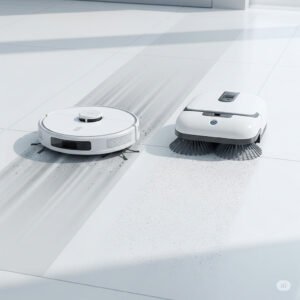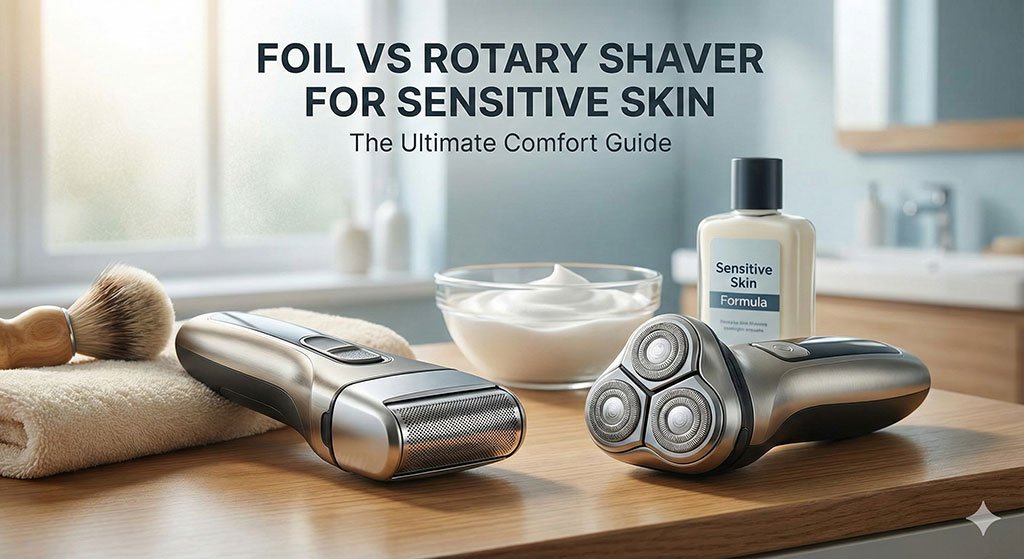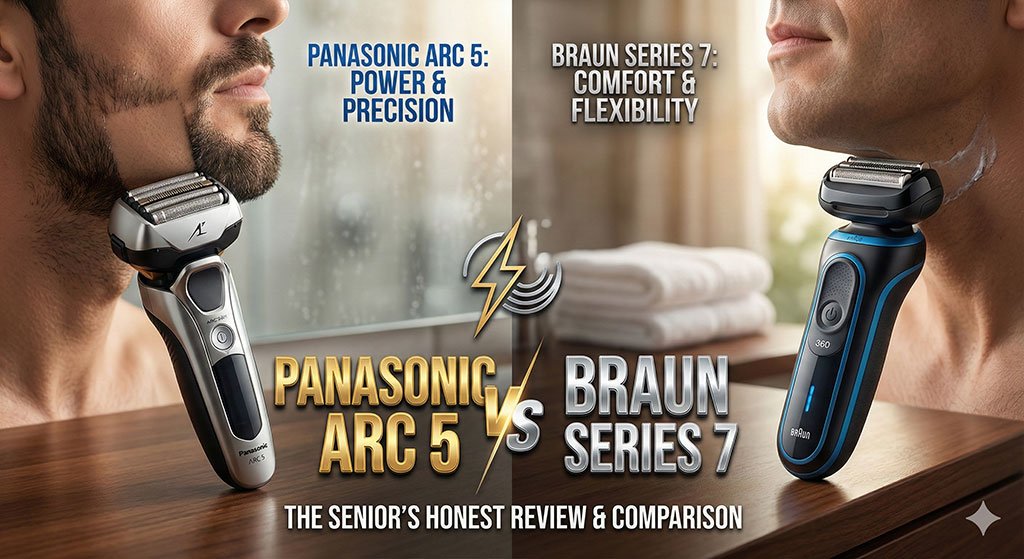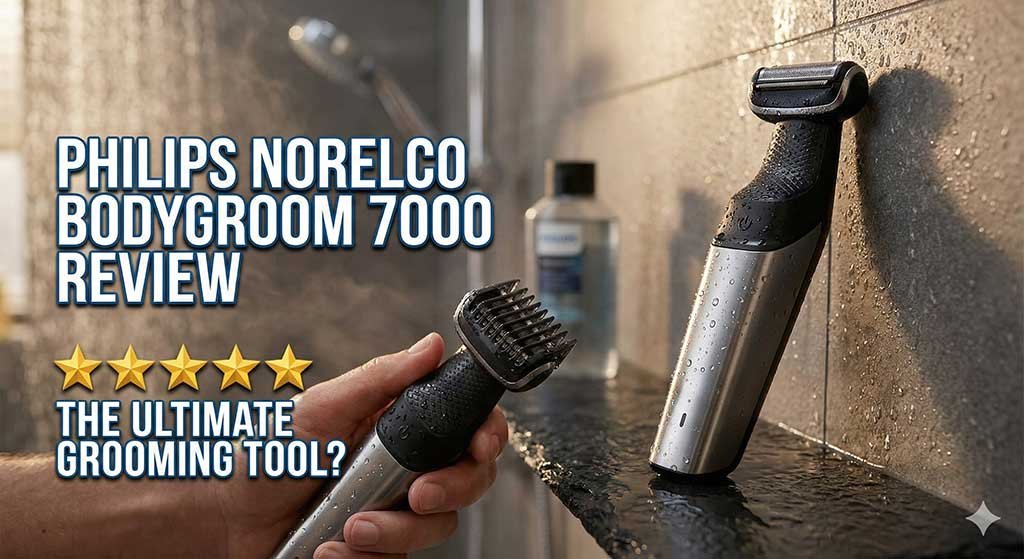Are you tired of constantly cleaning your floors? Imagine a world where your floors stay spotless with minimal effort! The choice between a dry sweeping robot and a vacuuming robot can transform your cleaning routine, offering unparalleled convenience and efficiency for a consistently pristine home.
When it comes to automated floor cleaning, the market offers various options. Two prominent contenders are dry sweeping robots and vacuuming robots. While both aim to reduce your manual cleaning effort, they employ different mechanisms and excel in distinct scenarios. Understanding their strengths, weaknesses, and ideal applications will help you make the best choice for your home.

Table of Contents
The Rise of Robotic Cleaners
Gone are the days when automated cleaning was a futuristic fantasy. Today, robot cleaners are common household appliances. They promise to free up your valuable time, allowing you to focus on other tasks or simply relax. These devices navigate your home autonomously, collecting dirt, dust, and debris. But how do dry sweeping robots stack up against their vacuuming robot counterparts? Let’s delve into the details.
Dry Sweeping Robots: The Everyday Dust Buster
Dry sweeping robots, often referred to as robot mops with a dry mode or dedicated dry sweepers, primarily use dry pads or brushes to pick up dust, hair, and light debris from hard floors. They are excellent for daily maintenance and preventing accumulation.
Pros of Dry Sweeping Robots:
- Quiet Operation: Generally, dry sweeping robots operate at very low noise levels. This makes them ideal for cleaning while you are home, working, or even sleeping.
- Energy Efficient: Without a powerful suction motor, dry sweeping robots consume less electricity. This translates to lower energy bills.
- Gentle on Floors: The soft pads or brushes are very gentle, making them perfect for delicate surfaces like hardwood, laminate, and tile without the risk of scratches.
- Cost-Effective: Typically, dedicated dry sweeping robots are more affordable than full-fledged vacuuming robots.
- Excellent for Light Dust and Pet Hair: For daily accumulation of dust, lint, and pet hair on hard floors, dry sweepers are highly effective.
- Simple Maintenance: Cleaning a dry sweeping robot often involves just changing or cleaning a dry pad, which is straightforward.
Cons of Dry Sweeping Robots:
- Limited to Hard Floors: They are not designed for carpets or rugs and will not effectively clean them.
- No Deep Cleaning: Dry sweeping cannot remove embedded dirt, grime, or sticky messes. It’s a surface-level clean.
- Dust Redispersion: Without strong suction and filtration, some fine dust particles might become airborne, especially if the pads are not regularly cleaned.
- Ineffective on Larger Debris: Larger crumbs, pebbles, or spills might be pushed around rather than collected.
- Lack of Filtration: Most dry sweepers do not have advanced filtration systems like HEPA filters, which is a consideration for allergy sufferers.
Vacuuming Robots: The All-Around Cleaning Powerhouse
Vacuuming robots, or robot vacuums, use suction power and often a combination of brushes (main brush and side brushes) to pick up dirt, dust, pet hair, and larger debris from various floor types, including carpets. Many modern robot vacuums also incorporate mopping features, becoming 2-in-1 or 3-in-1 devices.
Pros of Vacuuming Robots:
- Versatile Cleaning: They can clean both hard floors and carpets, automatically adjusting suction power or brush height as needed.
- Deep Cleaning Capability: With powerful suction, they can remove embedded dirt and allergens from carpets, offering a more thorough clean.
- Effective on Various Debris: From fine dust to larger crumbs, vacuuming robots are equipped to handle a wider range of debris.
- Advanced Filtration: Many models come with HEPA filters, trapping allergens and improving indoor air quality. This is a significant benefit for individuals with allergies or pets.
- Smart Features: Higher-end models offer advanced navigation (LiDAR, camera-based), app control, scheduling, virtual walls, and even self-emptying dustbins, providing a truly hands-free experience.
- Pet Hair Management: Robot vacuums with strong suction and anti-tangle brushes are highly effective at managing pet hair, a common concern for pet owners.
Cons of Vacuuming Robots:
- Higher Noise Levels: While quieter than traditional upright vacuums, robot vacuums still produce more noise than dry sweeping robots due to their powerful motors.
- Higher Energy Consumption: The stronger motors and advanced features naturally require more power.
- More Expensive: Robot vacuums, especially those with advanced features and strong suction, come with a higher price tag.
- Potential for Obstacle Issues: While advanced navigation helps, wires, small toys, or thick rugs can still pose challenges and cause the robot to get stuck.
- More Complex Maintenance: Cleaning brushes, filters, and emptying dustbins generally requires more frequent attention than simply changing a dry pad.
Key Considerations When Choosing One
When deciding between a dry sweeping robot and a vacuuming robot, consider these factors:
Feature/Consideration | Dry Sweeping Robot | Vacuuming Robot |
Floor Types | Primarily hard floors (hardwood, tile, laminate) | Hard floors, carpets, and rugs |
Cleaning Depth | Surface-level cleaning, dust, light debris | Deep cleaning, embedded dirt, larger debris |
Noise Level | Very low | Moderate to noticeable |
Energy Consumption | Low | Moderate to high (depending on suction/features) |
Cost | Generally lower | Generally higher |
Allergy Sufferers | Less ideal (dust redispersion possible) | More ideal (HEPA filters common) |
Pet Hair | Effective for surface hair | Highly effective for deep-seated and surface hair |
Maintenance Effort | Low (pad replacement/cleaning) | Moderate (dustbin emptying, brush/filter cleaning) |
Smart Features | Basic navigation, limited app control | Advanced mapping, scheduling, self-emptying, voice control |
Wet Cleaning Capability | Some models offer light damp mopping; not dedicated mop | Many models offer integrated mopping |
Scenarios and Recommendations
- For daily maintenance on hard floors: A dry sweeping robot is an excellent choice. If you have mostly hard floors and want to keep dust and light debris at bay without much noise or energy use, a dry sweeper is perfect. It’s great for preventing dust bunnies from forming between deeper cleans.
- For homes with carpets or rugs: A vacuuming robot is essential. Dry sweeping robots simply cannot clean carpets. If you have a mix of hard floors and carpets, or predominantly carpets, a robot vacuum is the clear winner.
- For pet owners: A vacuuming robot with strong suction and anti-tangle brushes is highly recommended. While dry sweepers can pick up some pet hair, vacuuming robots are designed to handle larger volumes and embedded hair in carpets. Look for models specifically marketed for pet hair.
- For allergy sufferers: A vacuuming robot with a HEPA filter is crucial. These filters capture microscopic allergens, preventing them from recirculating in the air. Dry sweepers often lack this advanced filtration.
- For convenience and automation: A vacuuming robot often provides more advanced features like smart mapping, which allows you to set no-go zones, clean specific rooms, and enjoy a truly autonomous cleaning experience. Self-emptying base stations further enhance this hands-free convenience.
- For budget-conscious buyers: Dedicated dry sweeping robots are typically more affordable. If your needs are basic and limited to hard floors, this can be a cost-effective solution.
Maintenance Tips for Your Robotic Cleaner
Regardless of your choice, proper maintenance extends your robot cleaner’s lifespan and ensures optimal performance.
For Dry Sweeping Robots:
- Change or Clean Pads Regularly: Disposable pads should be replaced after each use, while reusable pads need to be washed thoroughly.
- Wipe Down Sensors: Dust can accumulate on sensors, affecting navigation. Wipe them gently with a dry microfiber cloth.
- Clean Wheels: Hair and debris can get tangled in the wheels, hindering movement. Remove any obstructions.
For Vacuuming Robots:
- Empty Dustbin Frequently: Empty the dustbin after each significant cleaning session, especially if you have pets or a large home.
- Clean Brushes: The main brush and side brushes can get tangled with hair and strings. Use scissors to cut away tangles and a brush to clean them.
- Clean Filters: Tap out filters to remove loose debris, and if washable, rinse them according to the manufacturer’s instructions. Allow them to air dry completely. Replace non-washable filters periodically.
- Wipe Sensors and Charging Contacts: Keep these clean to ensure proper navigation and charging.
- Check Wheels: Similar to dry sweepers, ensure the wheels are free of debris.
The Hybrid Solution: 2-in-1 Robot Vacuums with Mopping
Many modern robot vacuums now offer a dry sweeping vs. vacuuming robot hybrid function, combining vacuuming with wet mopping. These devices first vacuum up dry debris and then proceed to mop the floor. This provides a comprehensive clean in a single run. If you have mostly hard floors and desire both vacuuming and mopping capabilities without buying two separate robots, a 2-in-1 device is an excellent option. However, understand that the mopping function on these devices is typically for light maintenance and not for deep scrubbing of tough stains.
The Future of Robotic Cleaning
The technology behind robotic cleaners is constantly evolving. We are seeing more advanced navigation, improved obstacle avoidance, enhanced suction power, and smarter integration with smart home systems. Some high-end models can even empty their own dustbins and clean their mopping pads, further reducing user intervention. As these technologies become more affordable, the line between dry sweeping robots and vacuuming robots may blur, with more versatile all-in-one solutions becoming standard.
FAQ
While robot vacuums significantly reduce the need for manual cleaning, they may not entirely replace it. They are excellent for daily maintenance and keeping floors consistently clean. However, for deep cleaning, tackling stubborn stains, or reaching very tight corners, occasional manual cleaning with a traditional vacuum or mop might still be necessary.
Yes, many robot vacuums are specifically designed to handle pet hair effectively. Look for models with strong suction power, anti-tangle brush rolls, and large dustbins. HEPA filters are also beneficial for capturing pet dander, which helps with allergies.
The frequency depends on your home’s needs, including the amount of foot traffic, presence of pets, and general dust levels. For most homes, running a robot cleaner daily or every other day is ideal for maintaining cleanliness. If you have pets that shed heavily, daily runs are highly recommended.
Dry sweeping robots are best for hard floors. Vacuuming robots are generally versatile and can clean hard floors, low-pile carpets, and some medium-pile carpets. High-pile carpets or thick shag rugs can still be challenging for many robot vacuums. Always check the manufacturer’s specifications for floor type compatibility.
To maximize battery life, follow the manufacturer’s guidelines. This usually involves keeping the robot on its charging dock when not in use, avoiding deep discharges, and performing regular software updates. Cleaning the robot regularly also ensures it operates efficiently, reducing strain on the battery.
Bottom Line
Choosing between a dry sweeping vs. vacuuming robot depends entirely on your specific cleaning needs, home layout, and budget. For quick, quiet daily maintenance on hard floors, a dry sweeping robot is a simple and effective choice. However, for comprehensive cleaning across various floor types, including carpets, and for tackling pet hair and allergens, a vacuuming robot offers superior performance and versatility. Consider your priorities, and you will find the perfect robotic helper to keep your home effortlessly clean.



